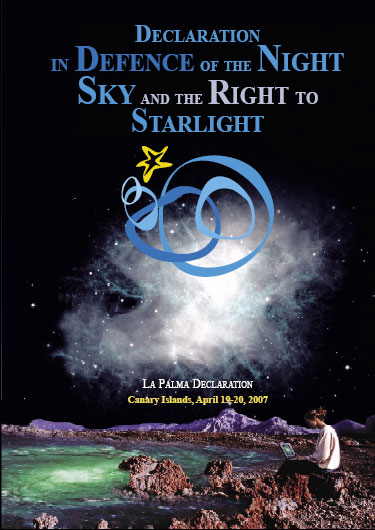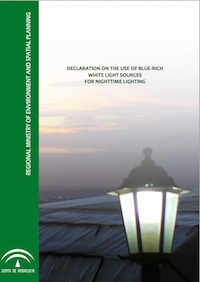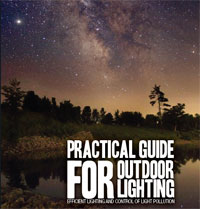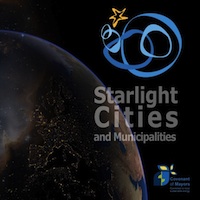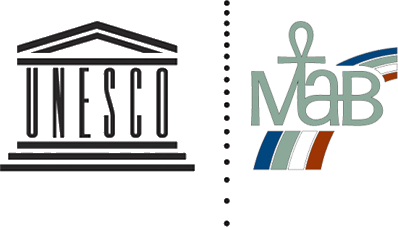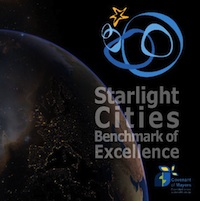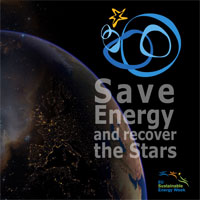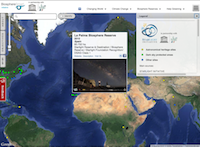Starlight Cities and the Covenant of Mayors

SAVE ENERGY AND RECOVER THE STARS
One of the main actions within the Starlight Initiative is the development of a network of Starlight Cities and Municipalities as sites that promote intelligent outdoor lighting with the double function of saving energy and recovering the starry sky. Outdoor lighting accounts for an important share of energy consumption in our cities and municipalities.
The Starlight Initiative aims to contribute to the objectives of the Covenant of Mayors by proposing to achieve a minimum energy saving of 20% for outdoor lighting, helping to reduce emissions and to limit the harmful effects of light pollution (40%). The Starlight Initiative also encourages technological innovation and sustainability in the lighting industry.
The Starlight Initiative, through its action “Starlight Cities” is now one of the EU Covenant of Mayors Related Initiatives.
The Covenant of Mayors is the mainstream European movement involving local and regional authorities, voluntarily committing to increasing energy efficiency and use of renewable energy sources on their territories. By their commitment, Covenant signatories aim to meet and exceed the European Union 20% CO2 reduction objective by 2020.
The Covenant of Mayors is not a stand-alone initiative. Quite to the contrary, it interacts with projects, policies and initiatives from European institutions, public administrations and networks, as Starlight Initiative.
Starlight Cities is also supported by UNESCO MAB Programme (Urban Systems)
Covenant of Mayors web site ->
Starlight Cities and Municipalities will commit to:
- promote and replicate best practices in cities’ outdoor lighting, aiming to increase energy efficiency of 20% at least, and to decrease light pollution of no less than 40%.
- disseminate successful ordinances and regulations on responsible outdoor lighting among local authorities.
- promote sustainable lighting plans respectful of night sky quality and energy efficiency.
- disseminate and recommend the best eco-efficient and innovative light technologies develop outreach and training actions addressed to local people, local authorities and those in charge of outdoor lighting.
- disseminate the Practical Guide for Outdoor Lighting among the main stakeholders and local authorities.
- to consolidate an annual award for best practices and excellent actions carried out by municipalities.
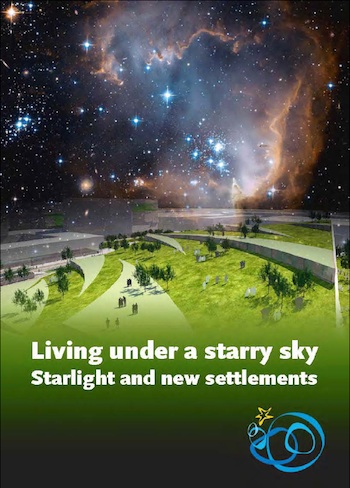
Cities are the main source of pollution in the starry sky. Artificial brightness at night affects not only the urban areas themselves. Its influence in fact can reach tens or hundreds of kilometres around them, with negative repercussions on ecological balance and landscape quality which have not been sufficiently assessed yet. We should also take into account that excess illumination of our villages and cities is not a sign of development nor increases safety. It is simply an act of ignorance. Waste of artificial light increases energy consumption and is economically unjustified. It also increases the level of emissions that contribute to climate change.
The possibility to design night sky quality friendly cities is at hand’s reach. It would be enough to follow three principles. First, only illuminate what needs to be illuminated. Second, make use of outdoor lighting only when needed. Finally, use luminaires that completely avoid light emissions towards the horizon or up to the sky. It is absurd to waste energy by sending light to the stars. These three principles can be easily integrated into planning development, regardless of the available level of technology and resources.
"The combination of increased awareness of the need to minimize impacts of light pollution, growing need to promote energy efficiencies in rural and urban development planning for mitigating climate change consequences and greater public appreciation of the recreational and educational benefits of a clear-night sky could help to move the Starlight idea into mainstream development processes". (Natarajan Ishwaran, Director, Division of Ecological and Earth Sciences, UNESCO, Secretary, Man and the Biosphere (MAB) Programme).
Starlight Cities and Climate Change
The initiative waspresented at the Shanghai Conference (Urban Futures and Human and Ecosystem Wellbeing Symposium, 2010), and is part ofthe Urban Futures Programme (UNESCO-MaB, SCOPE). Starlight Cities is one of theareas of cooperation between the Programme and the Covenant of Mayors of the European Commission.
Reducing light pollution and introducing rationality in outdoor lighting is not only an act of responsibility, it is also an obliged smart choice that brings economic benefits, improve health, allows better conservation of habitats and wildlife, saves energy, and allows to recover the starry sky dimension as part of the landscape perceived by people for their enjoyment. For this reason, the Starlight Initiative set a specific action to implement a benchmarking of excellence in night sky quality recovery strategy. This action aims to develop models and tools that allow the inclusion of the night dimension in the planning and design of new settlements and cities. Among the initial objectives are:
- Help the night environment through sustainable technologies.
- Promote the implementation of Starlight criteria in outdoor lighting design.
- Integrate responsible lighting in architecture and urban planning.
- Promote the wise use of energy and the climate change commitment.
- Establish partnerships with industry to promote R&D&I in outdoor lighting.
- Improve citizens’ quality of life and enjoyment of the environment.
- Develop educational and convivial spaces under the stars.
- Consolidate a Starlight Cities network
Only from actual experiences it will be possible to recover the quality of the night sky in more sustainable and liveable cities.
Shanghai Declaration
..."Urge regional, national, state or provincial, and local authorities to help address climate change, environment and pollution issues, including light pollution, through a range of resource use efficiency programmes and renewable energy production and to allocate sufficient resources to achieve the objectives of economically sustainable and environmentally sound urban development;"
LOOKING FOR SOMETHING?


Starlight Initiative collaborates with the
PORTAL TO THE HERITAGE OF ASTRONOMYUpdates
- New Brochure of UNESCO`s MAB Programme partnership
- Galicia adopts the Starlight Declaration
- Starlight at the 39th session of the World Heritage Committee
- International declaration warning about the effects of blue-rich white light
- Flyer - Starlight Initiative in partnership with the UNESCO MAB Programme
- Astronomical Heritage - Hawaii 2015
- 2015 International Year of Light
- Montsec - Starlight Destination and Reserve
Starlight Finder
Starlight related links
![]()
Covenant of Mayors Related Initiative
![]()
Colaborating with IAU Working Group
![]()
IUCN Dark Sky Advisory Group
![]()
Dark Skies Awareness Project
![]()
Partnership Unesco-MaB
![]()
Member of the Knowledge Network
![]()
Instituto de Astrofísica de Canarias
|
The Starlight Initiative is designed as an international action in defence of the values associated with the night sky and the general right to observe the stars. It is open to the participation of all scientific, cultural, environmental, and citizens' organizations... |
In partnership with: |
|
|
|
